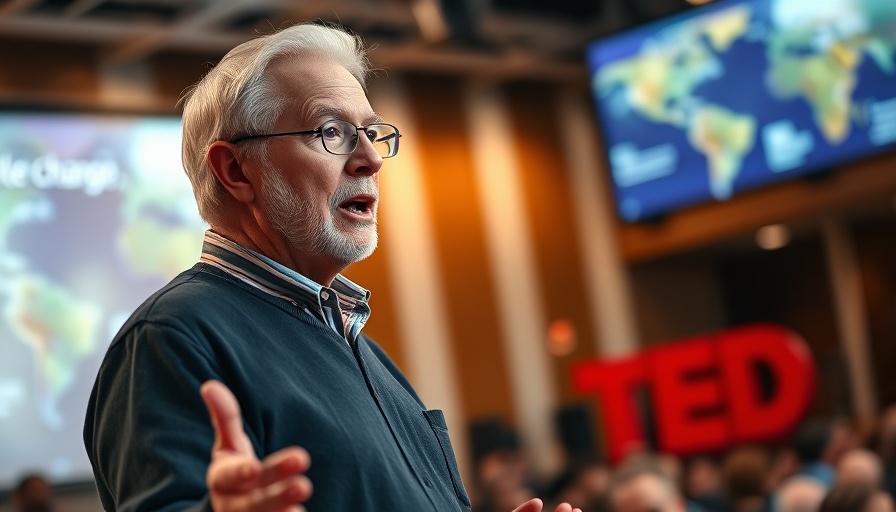
Climate Action: A Moral Imperative for Our Future
In the wake of a crucial agreement, the Paris Agreement, wherein 195 nations pledged to aim for net-zero emissions by mid-century, the question arises: are we genuinely committed to this pledge? Al Gore's influential TED talk brings to the fore the urgency of climate action, dismantling the narrative of 'climate realism,' which essentially advocates for a reluctance to abandon fossil fuel dependency.
In 'Why Climate Action Is Unstoppable — and “Climate Realism” Is a Myth,' Al Gore discusses the urgent need for climate action, prompting us to delve deeper into its ramifications.
The Illusion of Climate Realism
Gore highlights that the fossil fuel industry has fostered a misleading notion called “climate realism,” suggesting that transitioning away from fossil fuels is either impractical or too slow. This perspective not only ignores the unprecedented advancements in renewable energy but also disregards the pressing realities of a changing climate. As temperatures continue to rise, the implications of ignoring the climate crisis are grave, especially as projections indicate that climate refugees could swell to one to two billion by 2050.
Highlighting Progress Amidst Challenges
Despite political setbacks, including a U.S. administration withdrawing from global climate discussions, investments in renewable energy have surged. Notably, solar capacity has doubled, and electric vehicle sales have rapidly increased. These advancements underscore a pivotal trend—the global shift toward renewable energy sources is not only realistic but essential for a sustainable future.
The Economic Case for Action
Gore emphasizes that the economic benefits of transitioning to renewable energy far outweigh the costs of inaction. By embracing green technologies, we can expect to add nearly $43 trillion to the global economy while saving lives and reducing emissions significantly. In contrast, failing to act could cost the global economy $178 trillion over the next fifty years.
Facing the Consequences of Inaction
Ignoring the climate crisis carries dire consequences, including potentially uninsurable regions and devastating health impacts due to pollution. Currently, air quality from fossil fuel byproducts claims nearly nine million lives annually. Additionally, alarming droughts and uninsurable properties in established regions worldwide paint a bleak picture of the future if we continue on the current trajectory.
Addressing Energy Inequities Globally
The disparity in funding for renewable energy between developed and developing nations highlights a significant injustice. While fossil fuel interests continue to receive vast financial backing, developing countries lack the resources for renewable energy advancements, with less than 19% of the world's clean energy funding. This inequity undermines any sincere effort for a global transition to sustainable energy sources.
In light of these perspectives shared in "Why Climate Action Is Unstoppable — and 'Climate Realism' Is a Myth," it is clear that the push for climate action is not just about environmental needs but is also deeply entwined with our economic and moral responsibilities. Addressing climate change is imperative; it requires urgency, innovative thinking, and unified global efforts to ensure a habitable planet for future generations.
 Add Row
Add Row  Add
Add 




Write A Comment